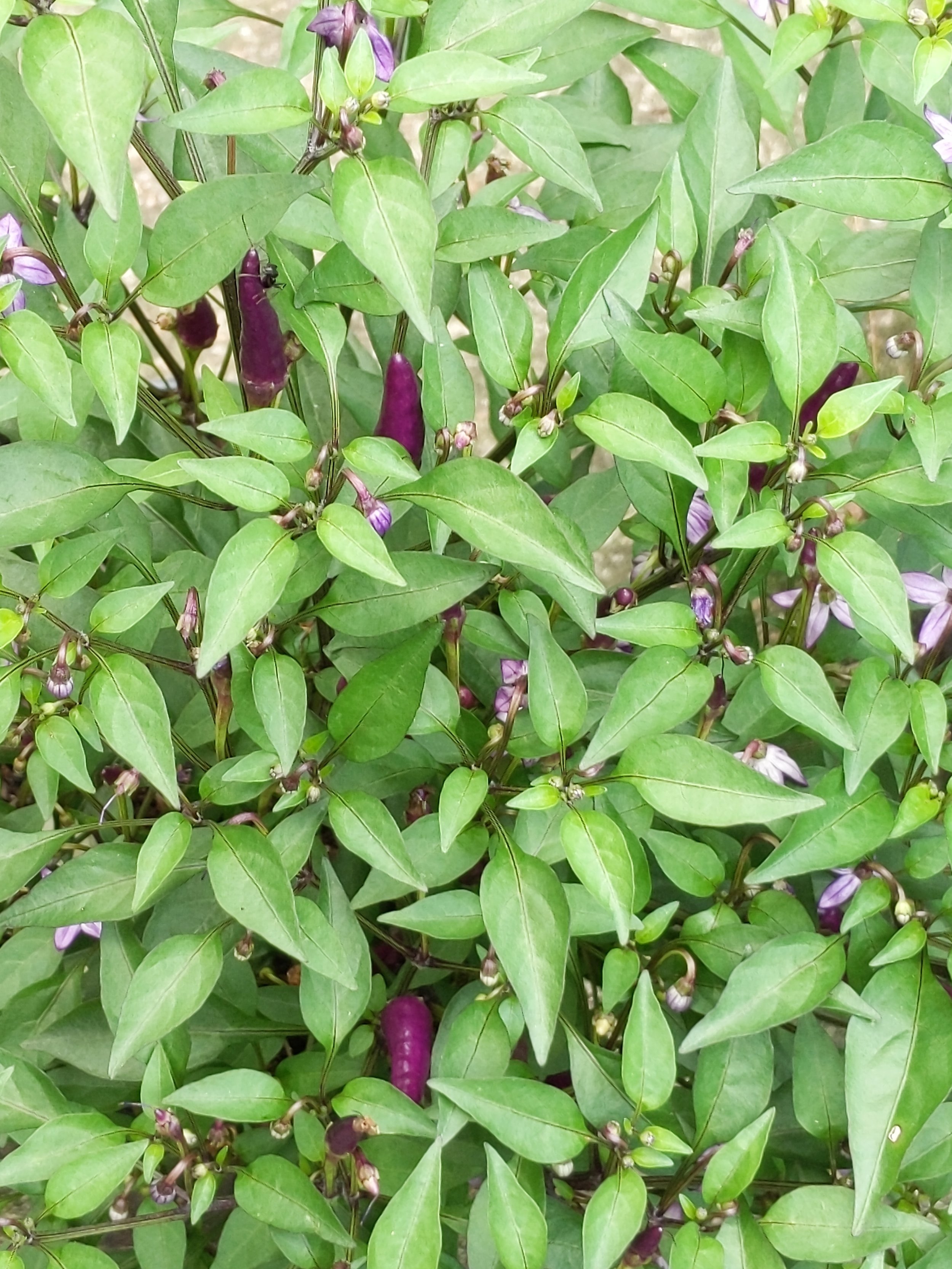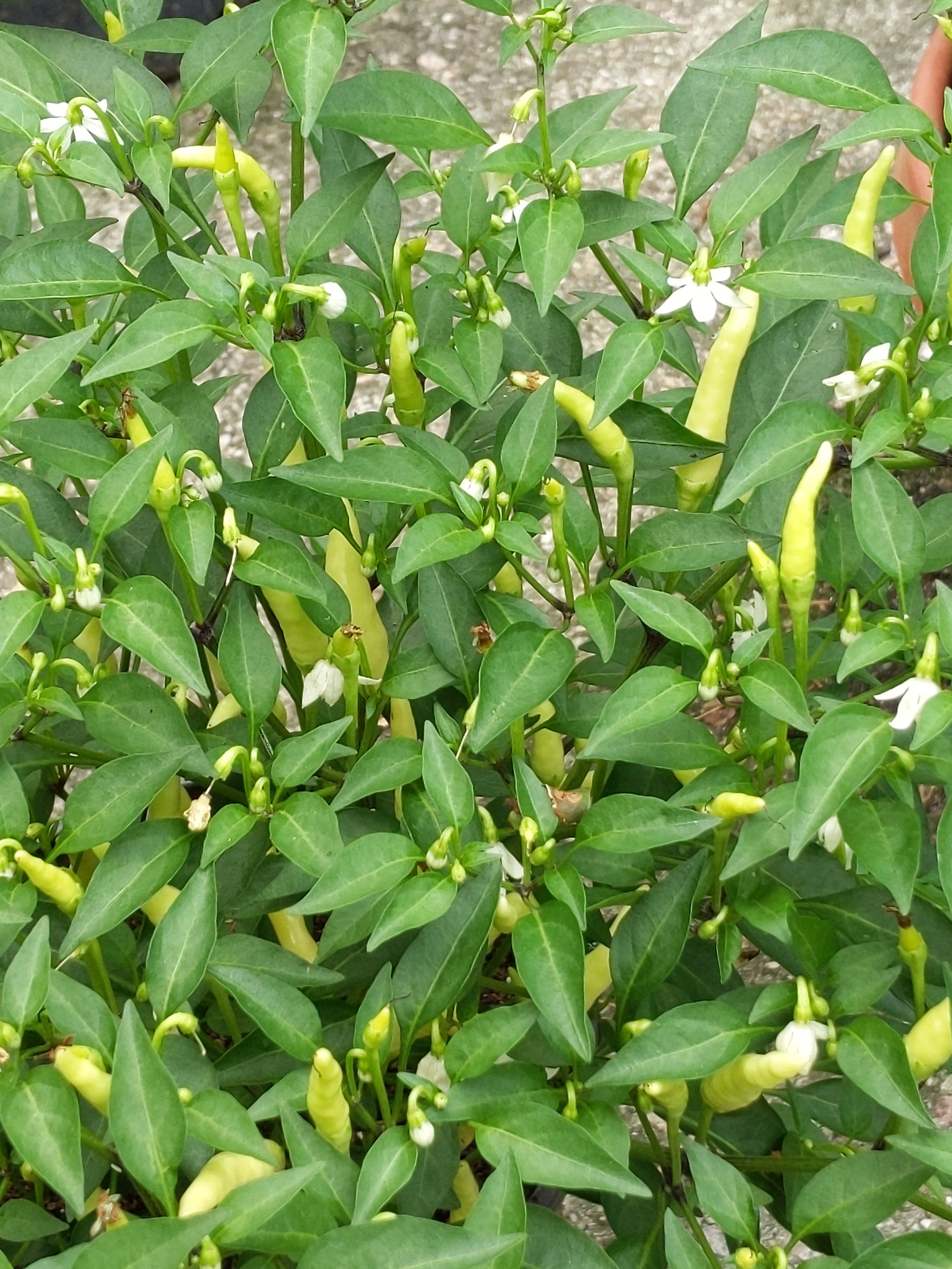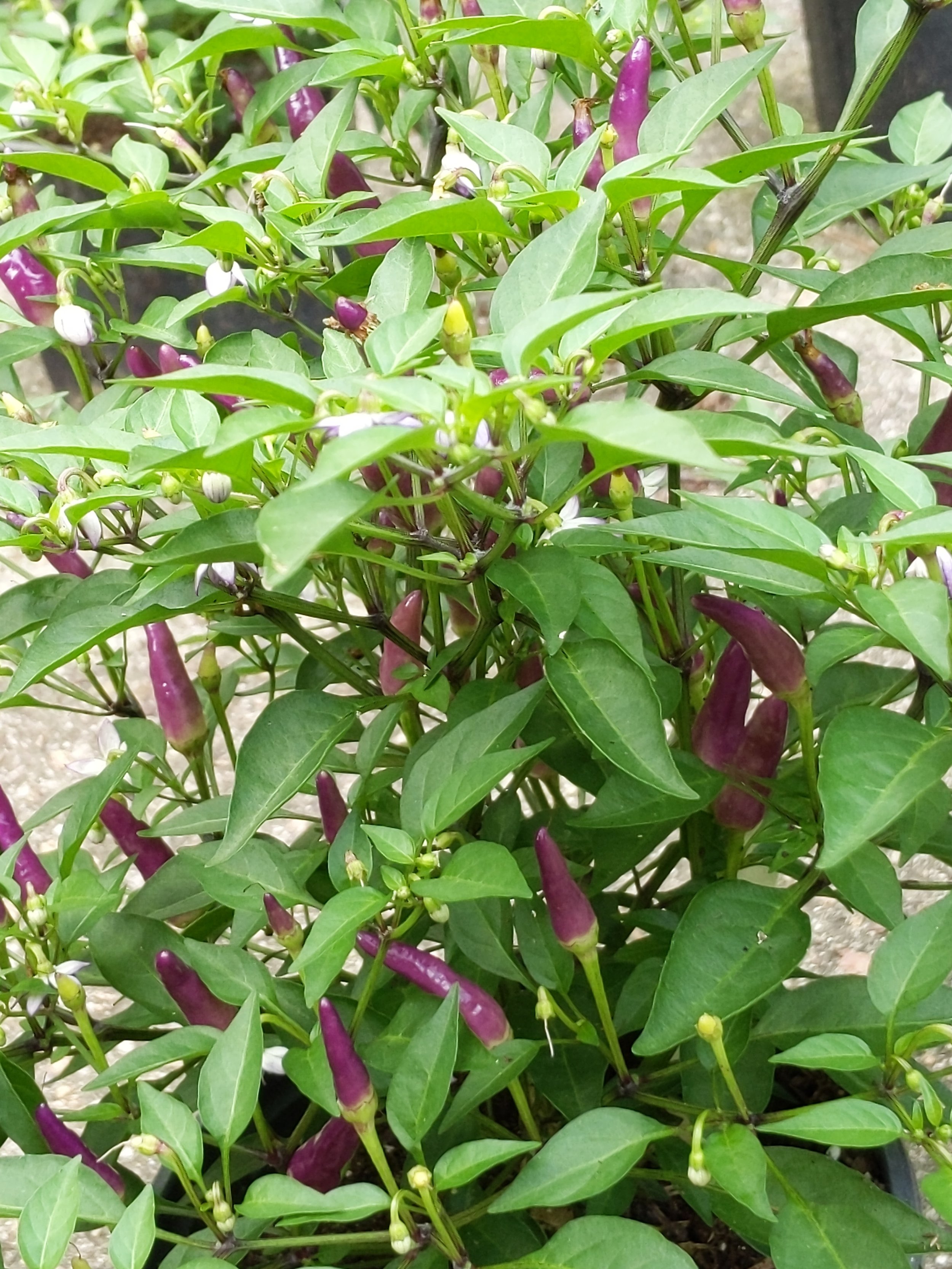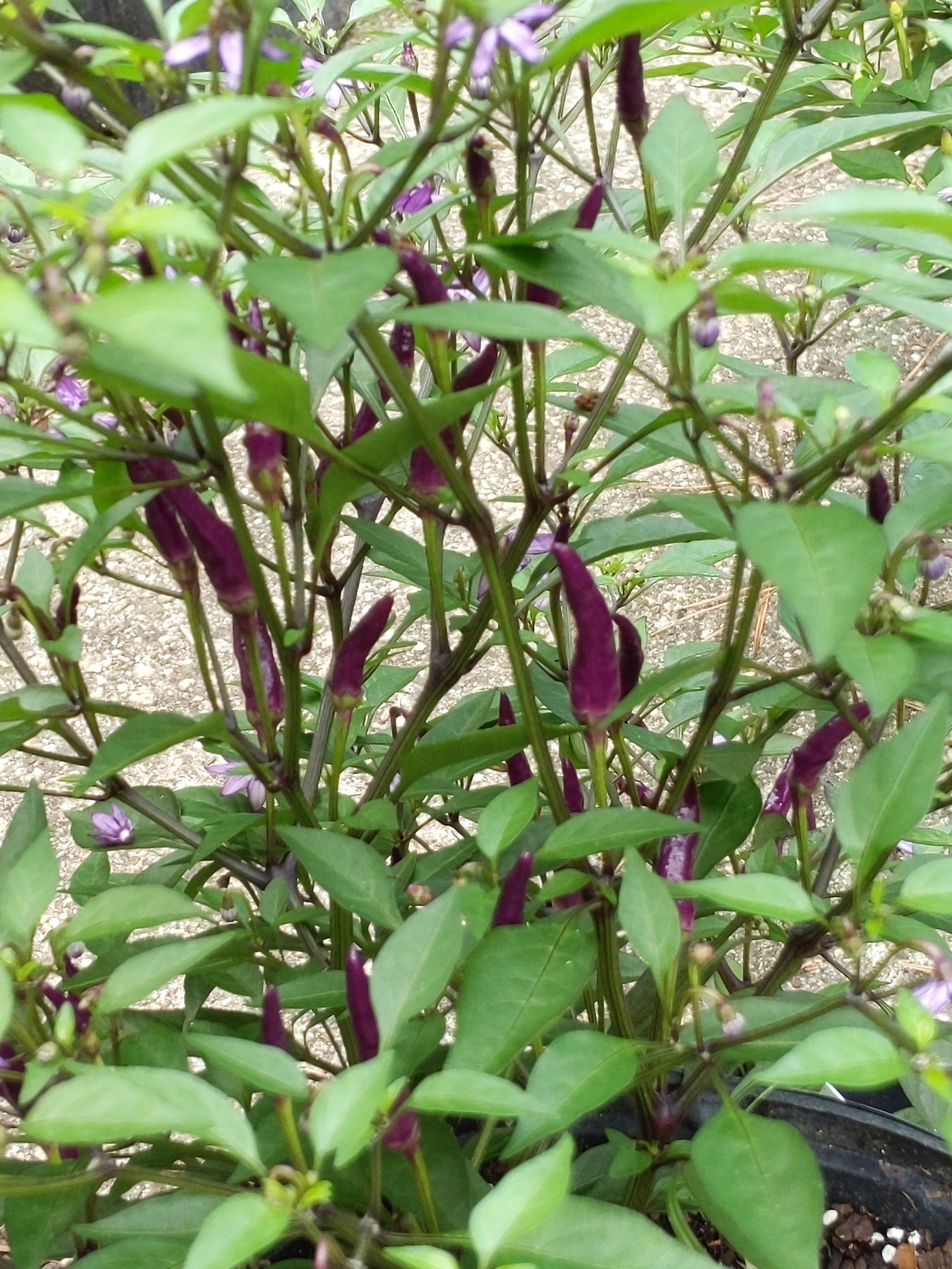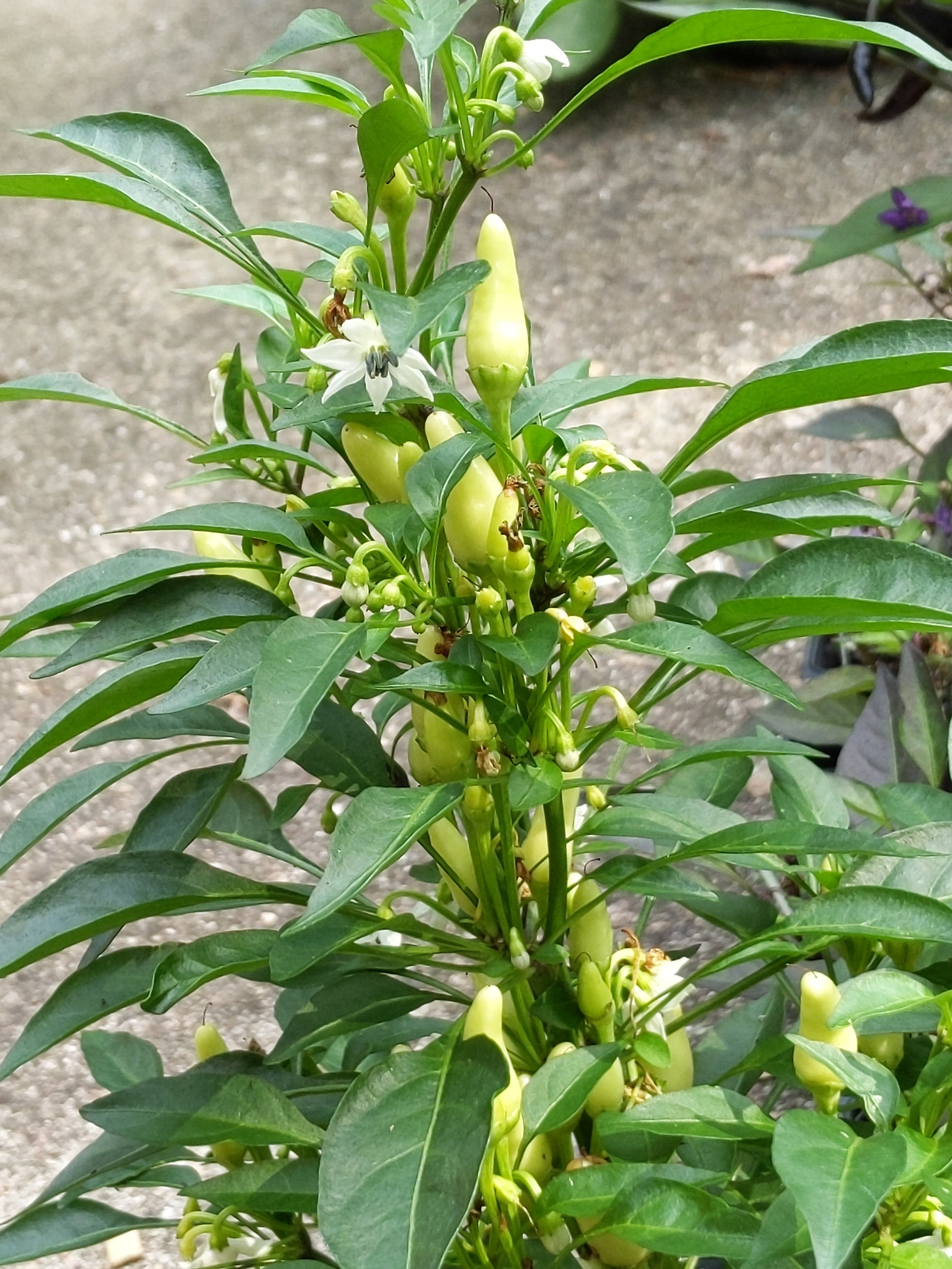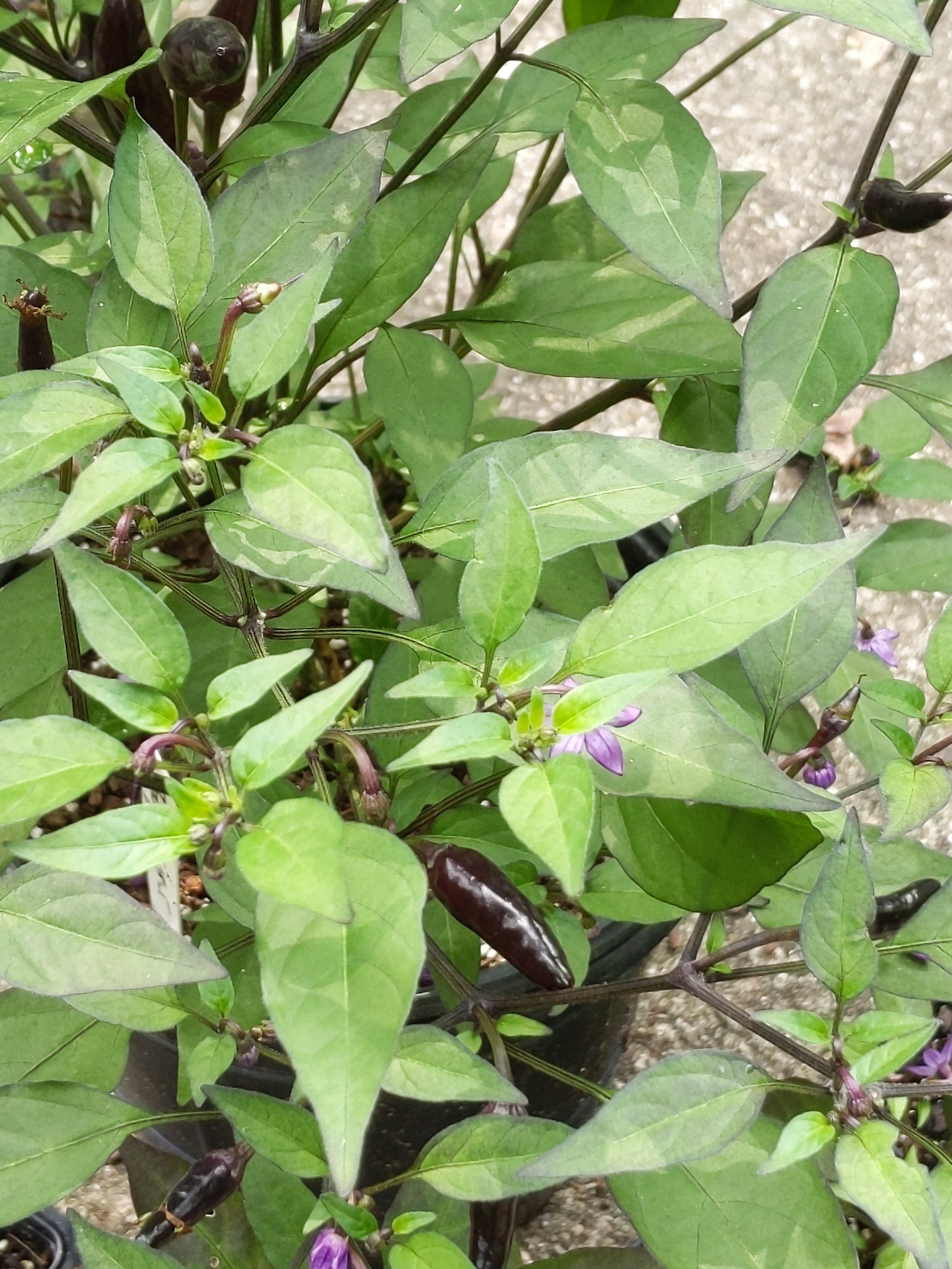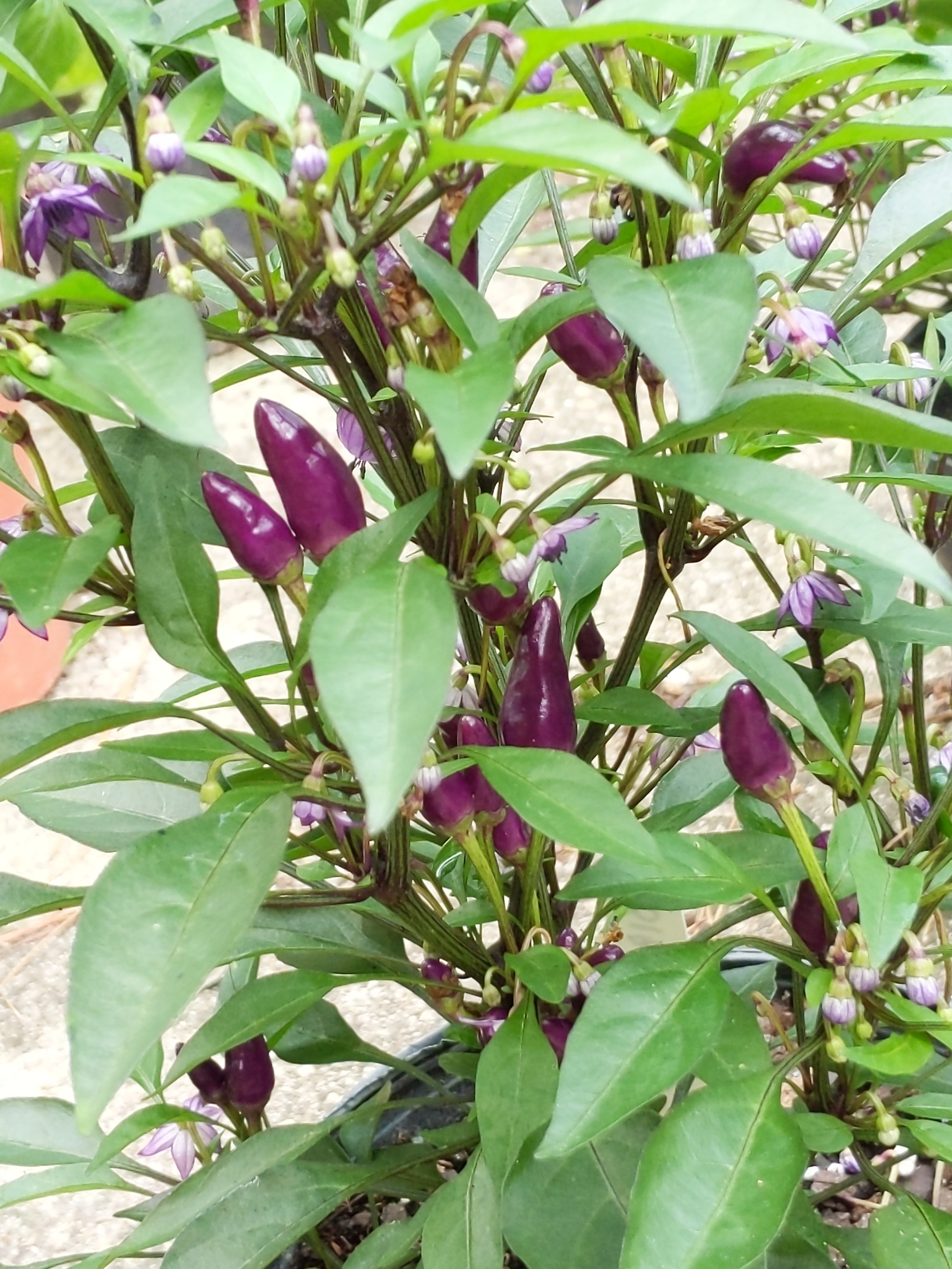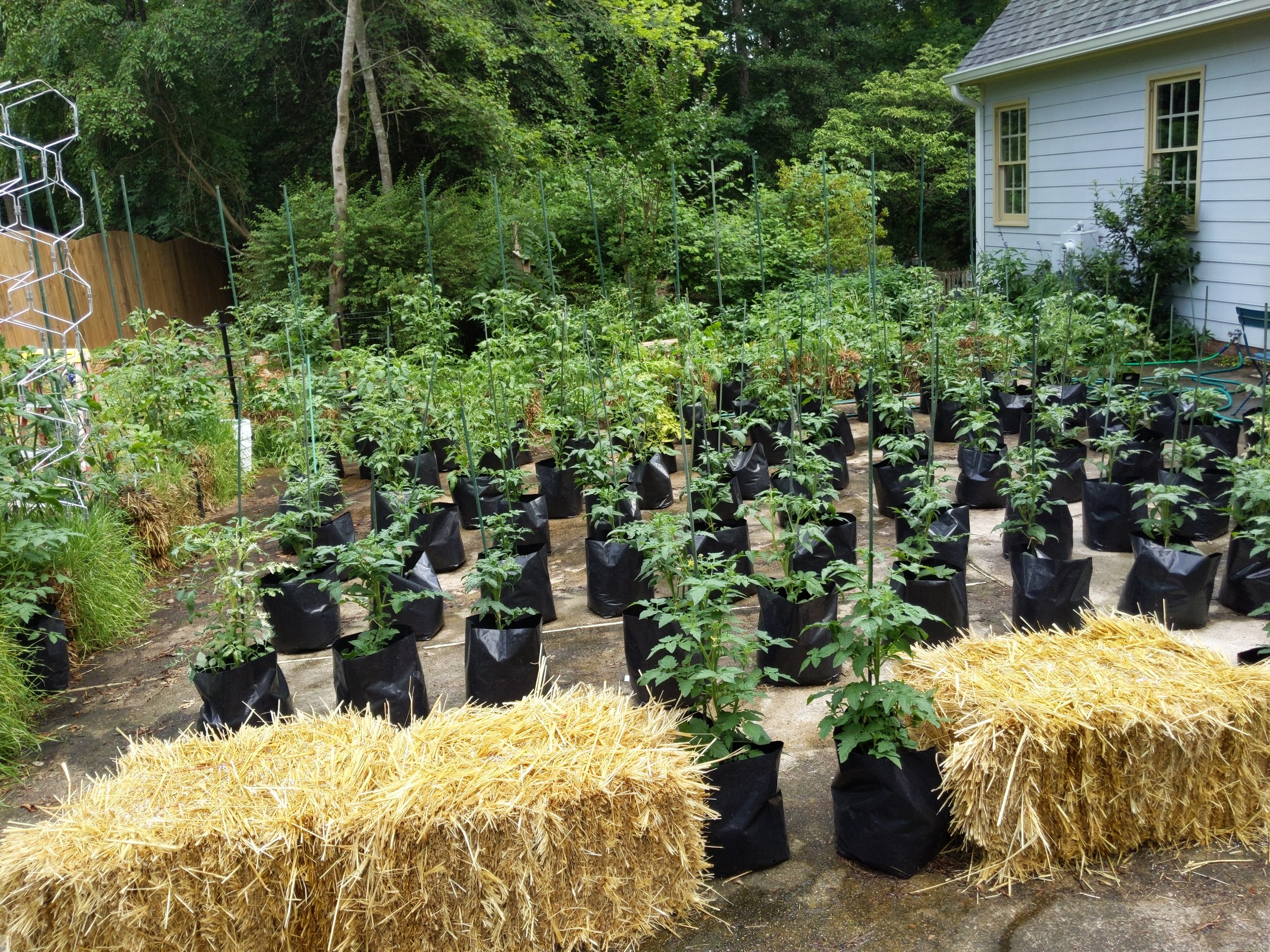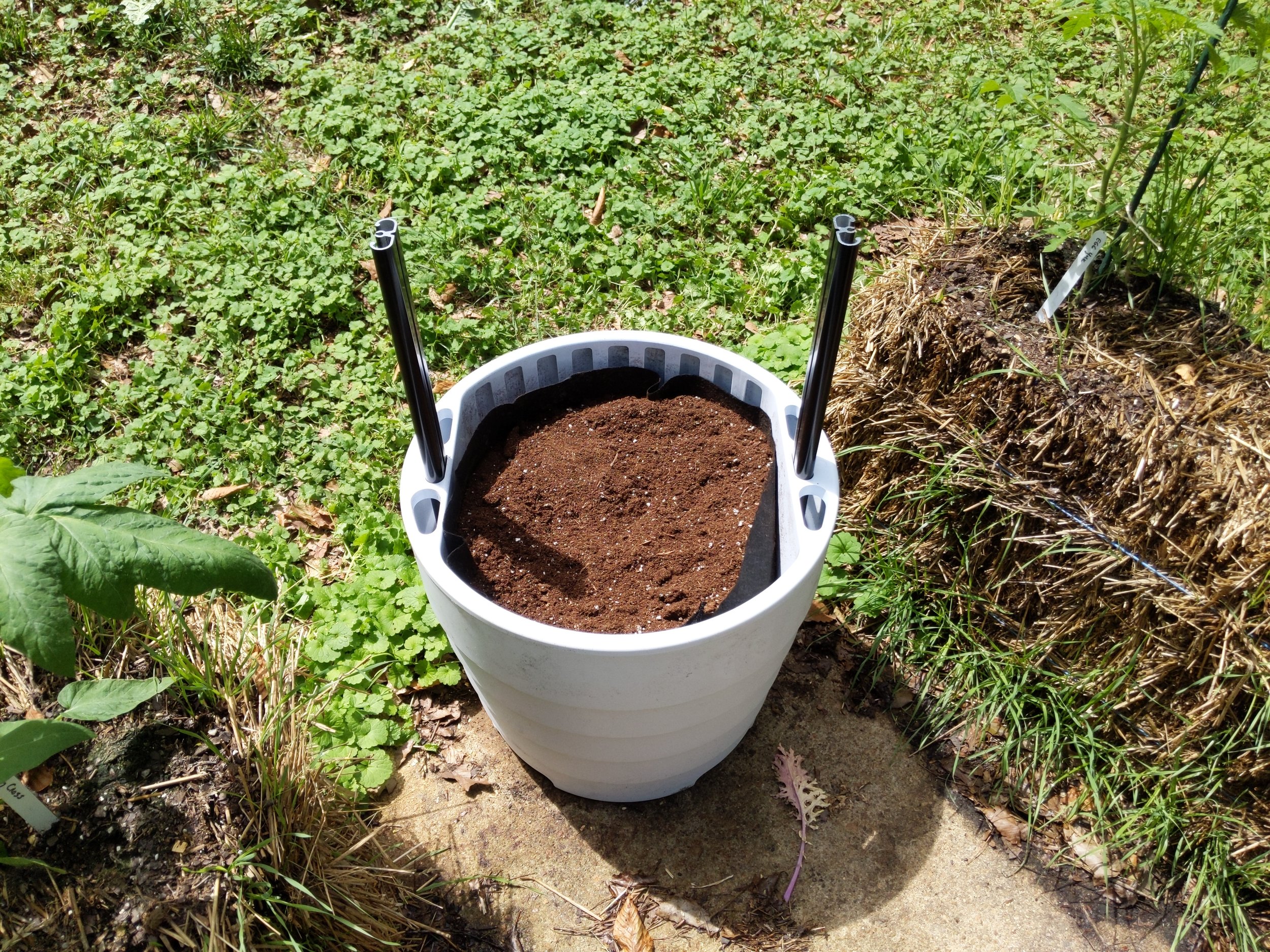Last topic - and a big one - seedlings! It is almost time. As with recent years, seedlings will be for sale from about mid April to mid May, by appointment only. Please email me at nctomatoman@gmail.com to set up a date and time to come by - I will email you back a Word document with all details.
I’ve expanded the variety list this year with tomatoes, and many of the available Dwarf Tomato Project varieties are so new that even I have not grown them yet.
Below is a selection of what could be available; it all depends upon weather and how the newly transplanted seedlings progress.
Indeterminate (tall growing) varieties
Red – Akers’s West Virginia, Andrew Rahart Jumbo Red, Federle, Red Brandywine, Nepal, Druzba, Italian Heirloom, Mexico Midget, Martino’s Roma, Bisignano #2, Reif Italian Red Heart, Velvet Red, Variegated
Pink – German Johnson, Mortgage Lifter Mullens, Stump of the World, Arkansas Traveler, Eva Purple Ball, Brandywine, Ferris Wheel, Polish, Cancelmo Family, Dester, Anna Russian (very few), Peach Blow Sutton
Purple – Cherokee Purple, Carbon, Black Cherry, JD Special C Tex, Indian Stripe, Black Krim, Black from Tula
Chocolate – Cherokee Chocolate, Japanese Trifele Black, Paul Robeson, Abraham Brown
Yellow – Hugh’s, Lillian’s Yellow, Egg Yolk, Lemon Drop, Wapsipinicon Peach
Bicolor – Lucky Cross, Little Lucky, Gold medal
Green – Cherokee Green, Green Giant, Aunt Ruby’s Green, Abraham Green
Orange – Sun Gold, Dr Wyche Yellow, Kellogg’s Breakfast, Yellow Brandywine, Yellow Oxheart
Striped – Speckled Roman, Berkeley Tie Dye, Pink Berkeley Tie Dye
White – Coyote, Great White
Dwarf (compact) growing varieties
Red – Hannah’s Prize, Maura’s Cardinal, Sarah’s Red, Sneaky Sauce
Pink – TastyWine, Bendigo Dawn, Melanie’s Ballet, Mystic Lady, Bendigo Drop
Purple – Rosella Purple, Velvet Night, Vince’s Haze
Brown – Tasmanian Chocolate, Tiger Eye, Andy’s Forty
Yellow – Egypt Yellow, Jasmine Yellow, Sweet Sue, Summer Sweet Gold
Orange – Blazing Beauty, Sunny’s Pear, Loxton Lad, Uluru Ochre, Laura’s Bounty
Bicolor – Caitydid, Wherokowhai, Russian Swirl
Green - Beryl Beauty, Emerald Giant, Grandpa Gary’s Green
Striped – Beauty King, Firebird Sweet, Fred’s Tie Dye
White – Mr. Snow, Mandurang Moon
Peppers – variously colored sweet bells, and a selection of ornamental or other types of hot peppers – could include a few different Jalapeno, Carolina Reaper (HOT!), etc
Eggplants – a small selection from my dehybridizing work – mostly long and slender, but a few more tear drop shaped.
Ground Cherry Goldie
Dwarf Project experiments (no charge, just need some info on what results you achieve and if possible a ripe fruit or seeds) – many types, particularly dwarf Cherry varieties (Teensy family) – just ask! Lots of fun to be had with them.
Whether it is via podcast, a trip to our driveway, an email, or a chance to speak at an upcoming event, I look forward to the many impending tomato chats that will be happening soon!
Whoops - one more thing - we are dipping our toes into fostering a dog. The fellow below is most delightful - his name is Marlin, he is probably a year old or so, loves Koda and even leaves our cats Pico and Sam be in relative peace!











